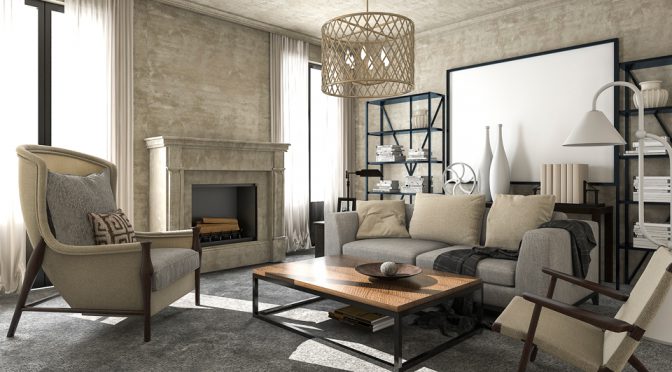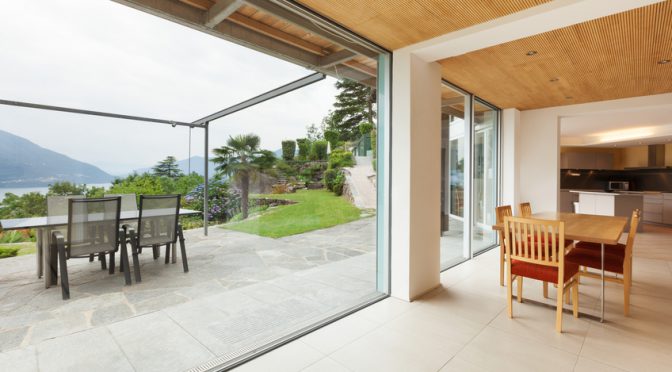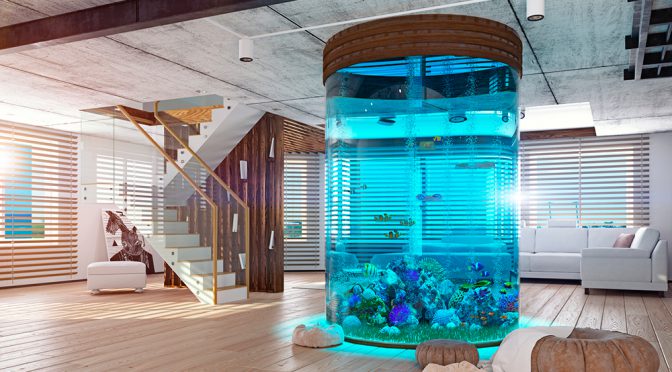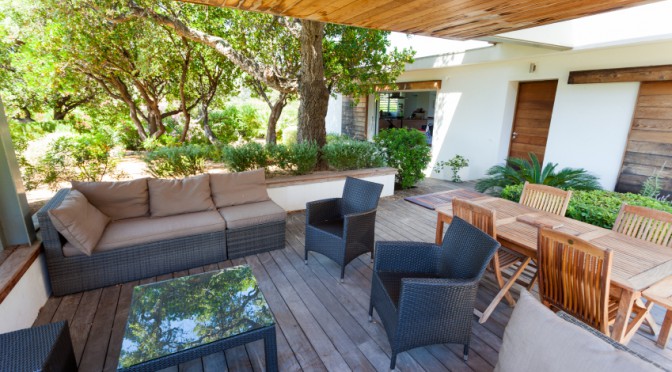Installing a carpet is not complicated, whether it’s made of synthetic materials or natural fibres, but you have to be an excellent handyman to do it right. You also have to be patient and precise, have specific tools and get advice from a renovation centre professional. Here is some general advice:
-If you opt for natural fibres, remember that you have to allow the carpet to rest for at least two days in the ambient air of the room that it will be installed in, so that it becomes acclimatized. Remember, they are natural fibres and not synthetic materials.
-Seagrass is perfect for the bathroom because it grew in water. However, you want to avoid sisal as it doesn’t like excessive humidity, although it’s elegance makes it perfect for other rooms in the house.[……]








